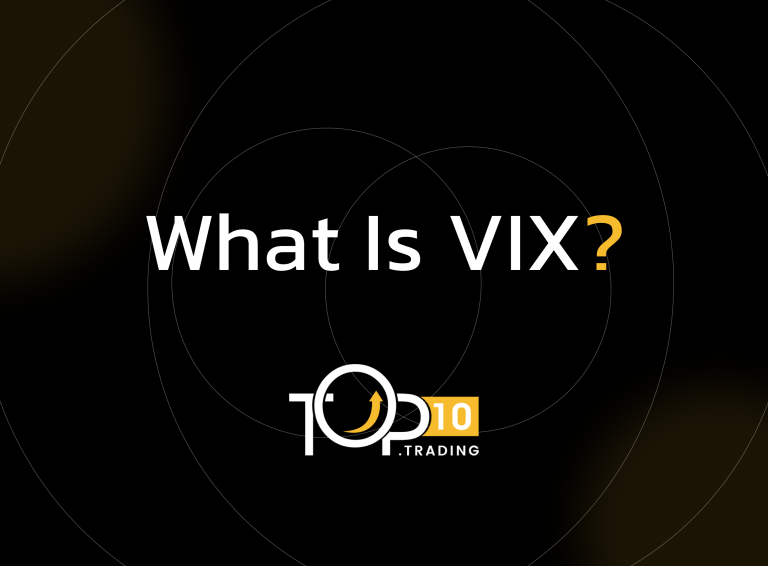VIX (Volatility Index) Definition

The VIX, or Volatility Index, is a real-time market index that represents the market’s expectations for volatility over the next 30 days. Often referred to as the “fear gauge”, it measures implied volatility based on S&P 500 index options. A rising VIX indicates increased market uncertainty and investor anxiety, while a falling VIX suggests confidence and stability.
Key Takeaways
- The VIX measures expected volatility in the S&P 500 over the next month.
- It is based on prices of near-term S&P 500 index options.
- A high VIX signals fear, uncertainty, or potential market turbulence.
- A low VIX suggests investor confidence and market calm.
- Widely used by traders to gauge sentiment and manage risk.
How the VIX Works
The VIX is calculated by the Chicago Board Options Exchange (CBOE) using option pricing models. It reflects implied volatility, which is the market’s forecast of future volatility, not past performance.
- The index tends to spike during major economic or geopolitical events.
- It’s expressed in percentage terms; for example, a VIX of 20 implies an expected annualized movement of 20% in the S&P 500.
- The VIX does not predict market direction—only the expected level of volatility.
Traders can also invest in volatility through VIX-related ETFs or derivatives.
Examples of VIX in Action
- During the 2008 financial crisis, the VIX spiked above 80.
- In periods of calm, like mid-2017, the VIX dropped below 10.
- The VIX surged in March 2020 due to the onset of the COVID-19 pandemic
- Traders may hedge equity exposure by going long on VIX futures or ETFs when market stress is anticipated.
Benefits of the VIX
- Market Sentiment Gauge: Offers insight into investor fear or confidence.
- Risk Management Tool: Helps traders adjust exposure during volatile times.
- Hedging Opportunities: Can be used to protect against downturns in equity markets.
- Decision-Making Support: Confirms technical or macroeconomic signals.
Costs and Limitations
- Complex Instruments: Trading VIX-related products involves derivatives and requires experience.
- Not a Directional Indicator: The VIX reflects volatility, not bullish or bearish trends.
- Mean-Reverting Nature: The VIX tends to move back toward average levels, which can affect timing strategies.
- Short-Term Focus: Most useful for near-term sentiment, less relevant for long-term investing.
Who Uses the VIX?
- Options and Derivatives Traders: For volatility-based strategies.
- Institutional Investors: As part of portfolio risk modeling.
- Hedge Funds: To speculate or hedge during uncertain market conditions.
- Retail Traders: As a sentiment gauge when timing entries and exits in the equity markets.
